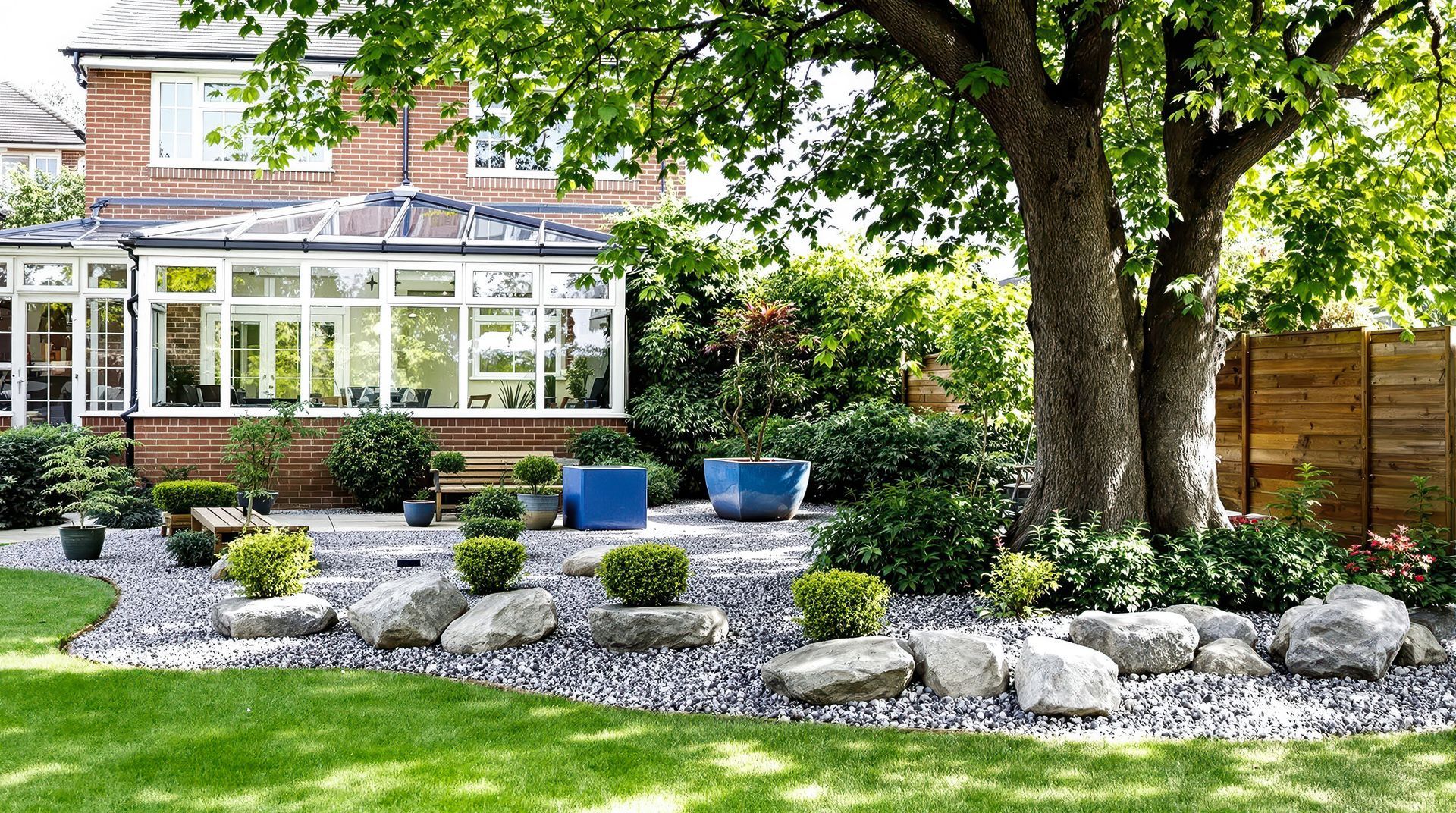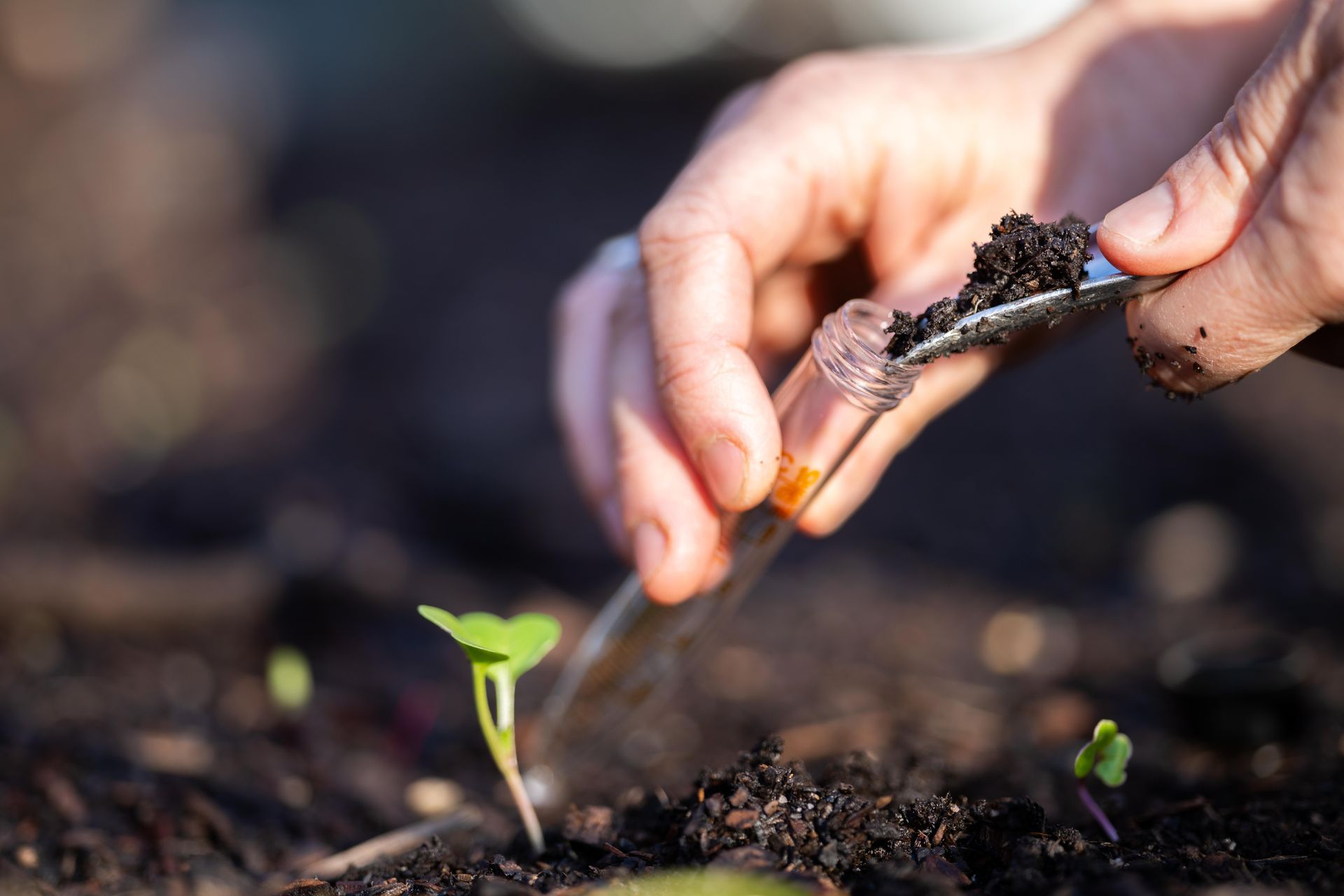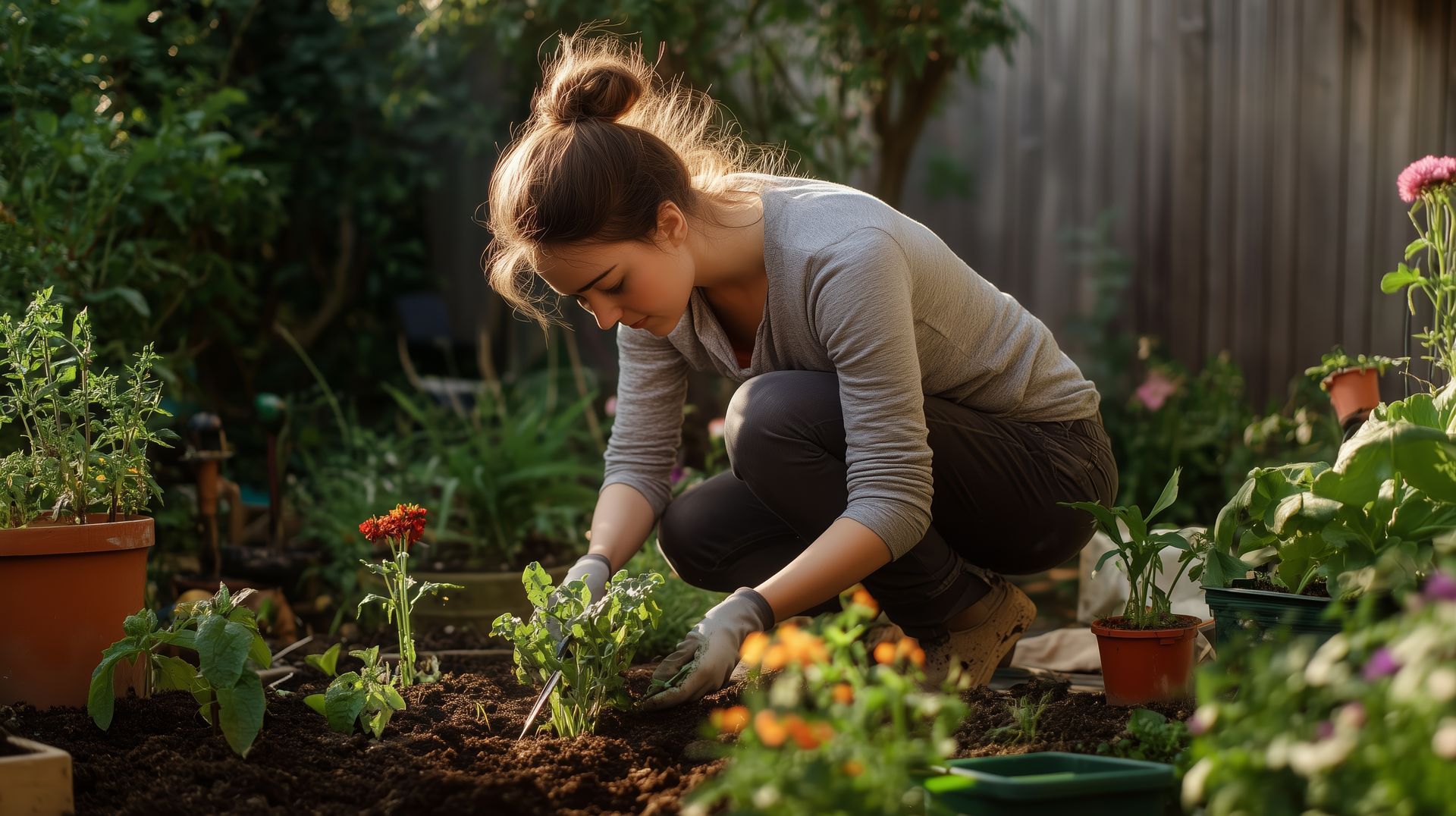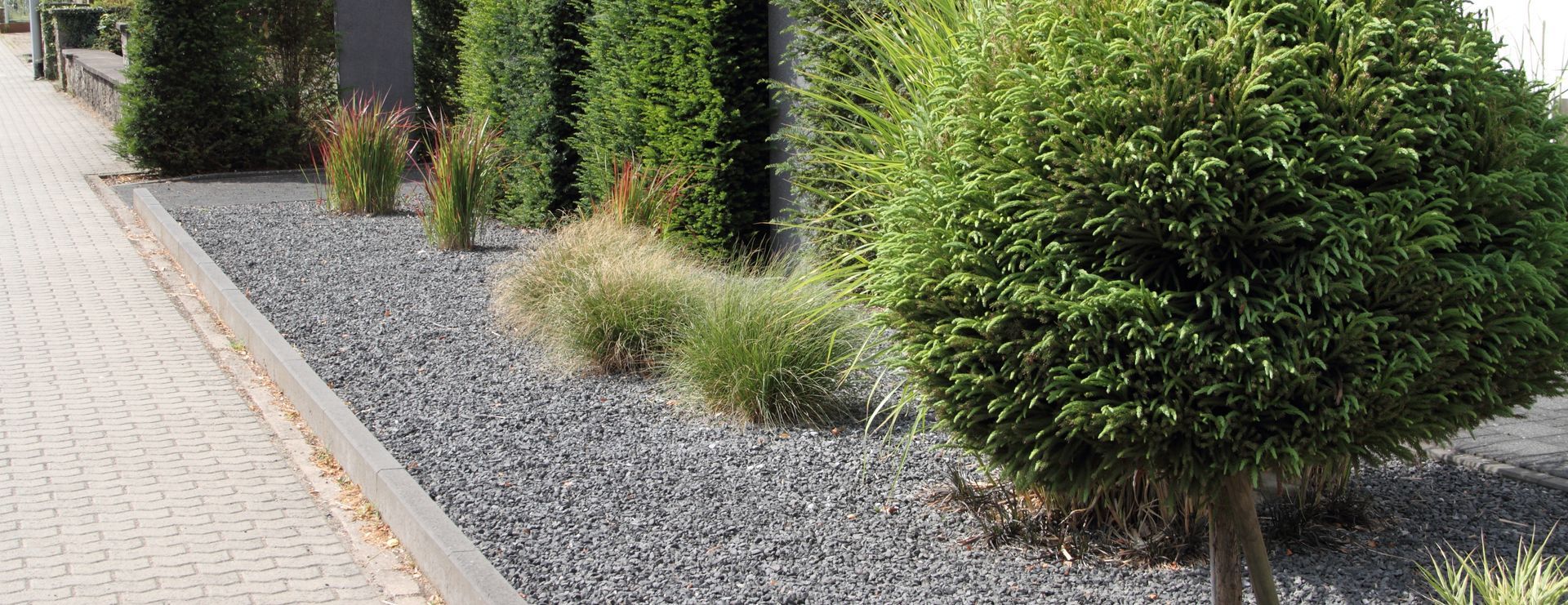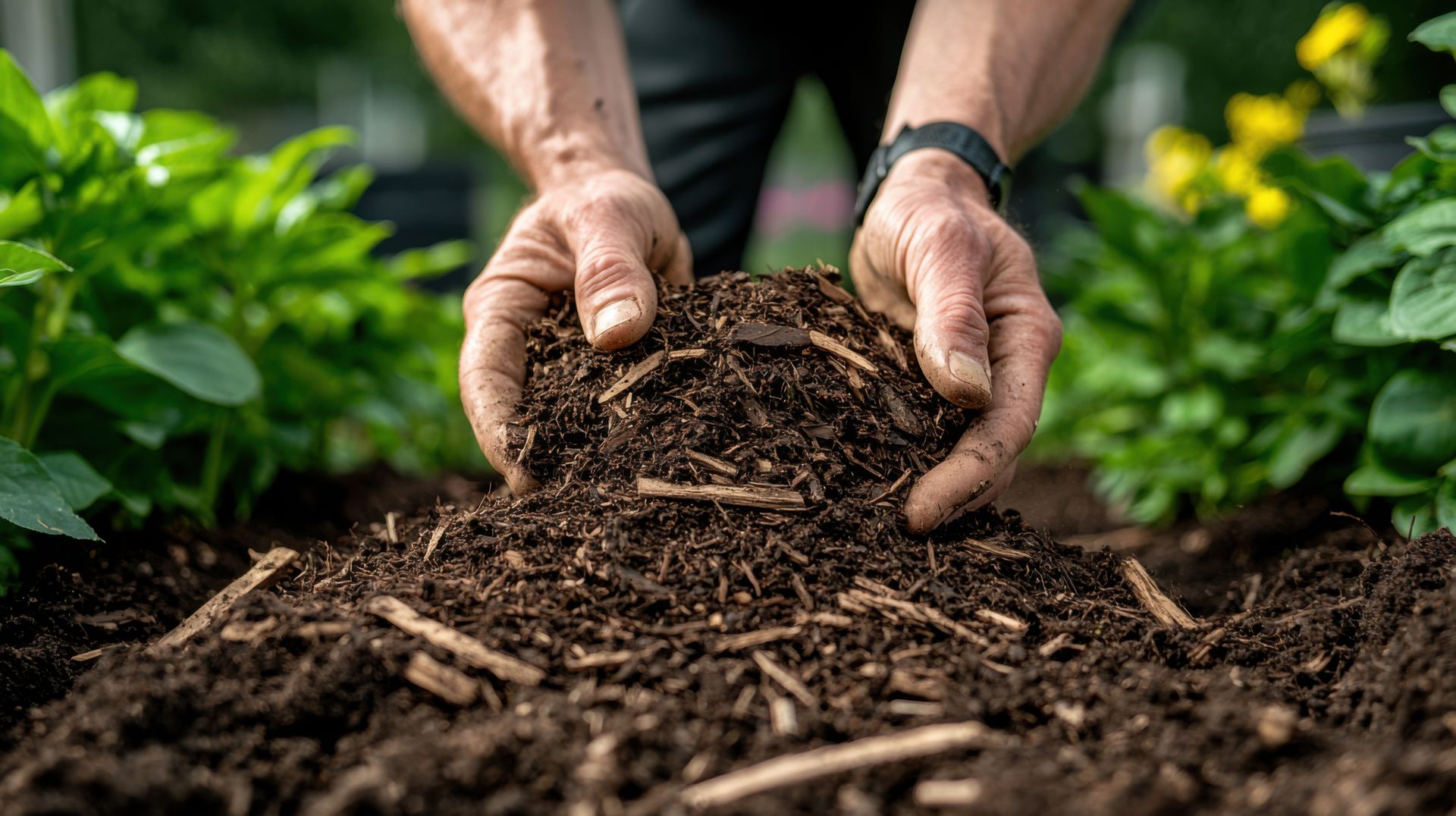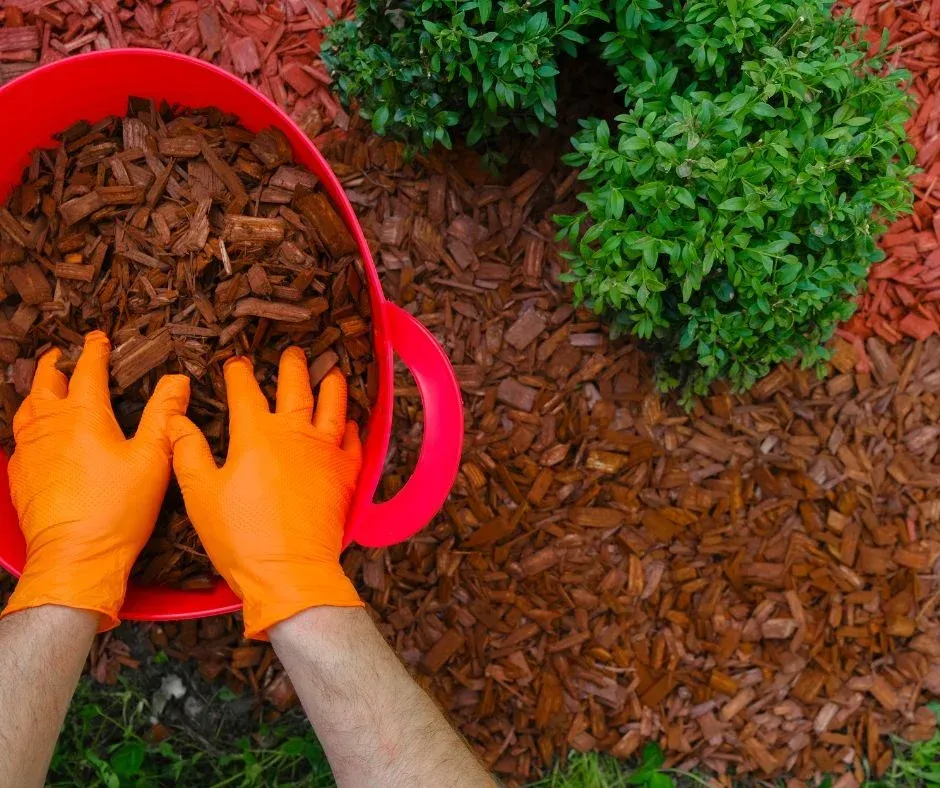How Mulch Can Transform Your Garden
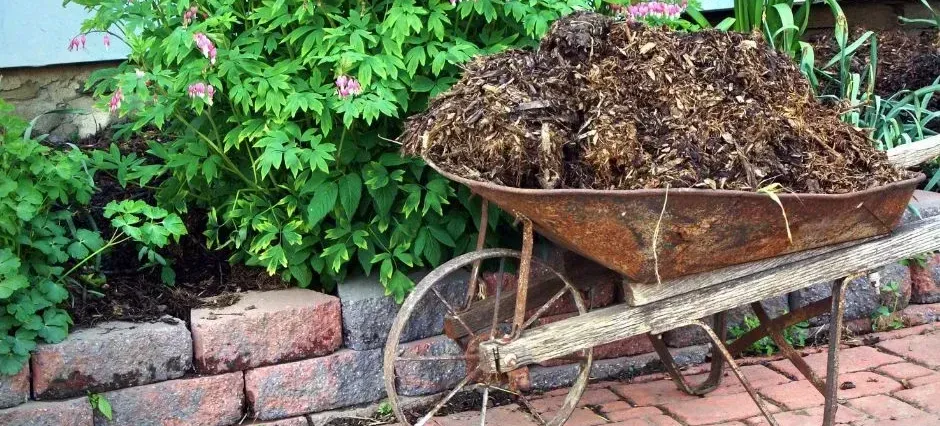
Mulch is a simple yet highly effective tool that can work wonders in transforming your garden. It's not just about adding an aesthetic layer to your outdoor space; mulch offers numerous benefits that can improve the health and appearance of your garden. In this article, we will explore how mulch can be a game-changer for your garden and why it should be an essential part of your landscaping efforts.
Mulch: Improved Soil Health
One of the primary ways mulch can transform your garden is by enhancing the health of your soil. When mulch is spread over the soil surface, it acts as a protective barrier, preventing the evaporation of moisture and reducing weed growth. This helps to maintain a consistent level of moisture in the soil and reduces the need for constant watering. Additionally, as mulch breaks down over time, it enriches the soil with essential nutrients, promoting healthier plant growth.
Weed Suppression:
Weeds can be a constant nuisance in any garden, stealing nutrients and water from your desirable plants. Mulch serves as a natural weed suppressor by blocking sunlight from reaching weed seeds, preventing them from germinating and thriving. This reduces the need for chemical herbicides and manual weeding, making garden maintenance much more manageable.
Temperature Regulation:
Mulch also plays a crucial role in regulating soil temperature. In the scorching heat of summer, mulch helps keep the soil cooler by providing shade and insulation. Conversely, during the colder months, it acts as an insulating layer, protecting the roots of your plants from freezing temperatures. This temperature regulation promotes optimal conditions for plant growth year-round.
Erosion Control:
If you have sloped areas in your garden, erosion can be a significant concern. Mulch acts as a barrier that helps prevent soil erosion by absorbing the impact of heavy rain and reducing surface runoff. This not only protects your garden's soil but also maintains the integrity of your landscape design.
Enhanced Aesthetics:
Mulch comes in various colors and materials, allowing you to choose the perfect option to complement your garden's aesthetic. It provides a neat and tidy appearance that instantly enhances the overall visual appeal of your outdoor space. Whether you prefer organic mulch like wood chips or decorative mulch like gravel or colored bark, there are options to suit every style.
Water Conservation:
Water scarcity is a concern in many regions, making efficient water use a priority for gardeners. Mulch significantly reduces water evaporation from the soil, allowing you to water your plants less frequently while still keeping them adequately hydrated. This not only conserves water but also saves you time and money in the long run.
Incorporating mulch into your garden can have a transformative effect on its health and appearance. From improving soil quality to controlling weeds, regulating temperature, and enhancing aesthetics, mulch offers a multitude of benefits that every gardener can appreciate. So, if you haven't already, consider adding mulch to your gardening toolkit and watch as it transforms your outdoor oasis into a thriving and beautiful landscape.
